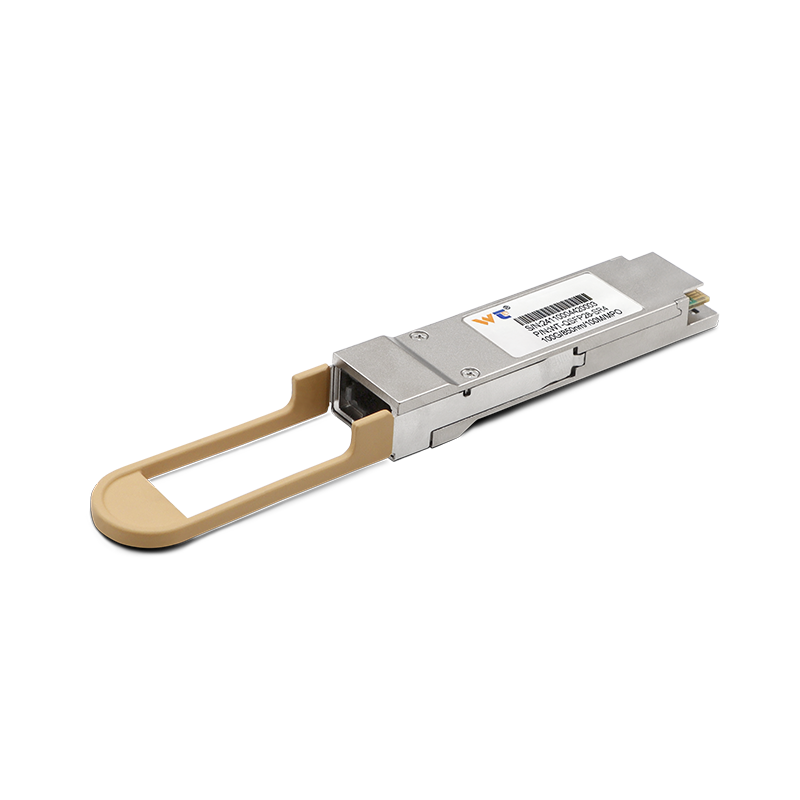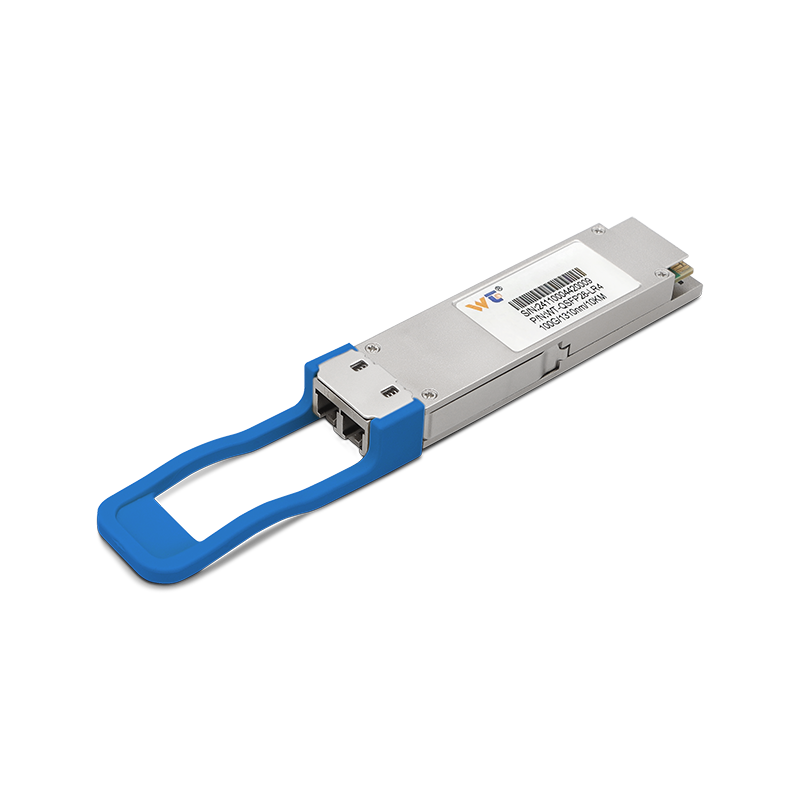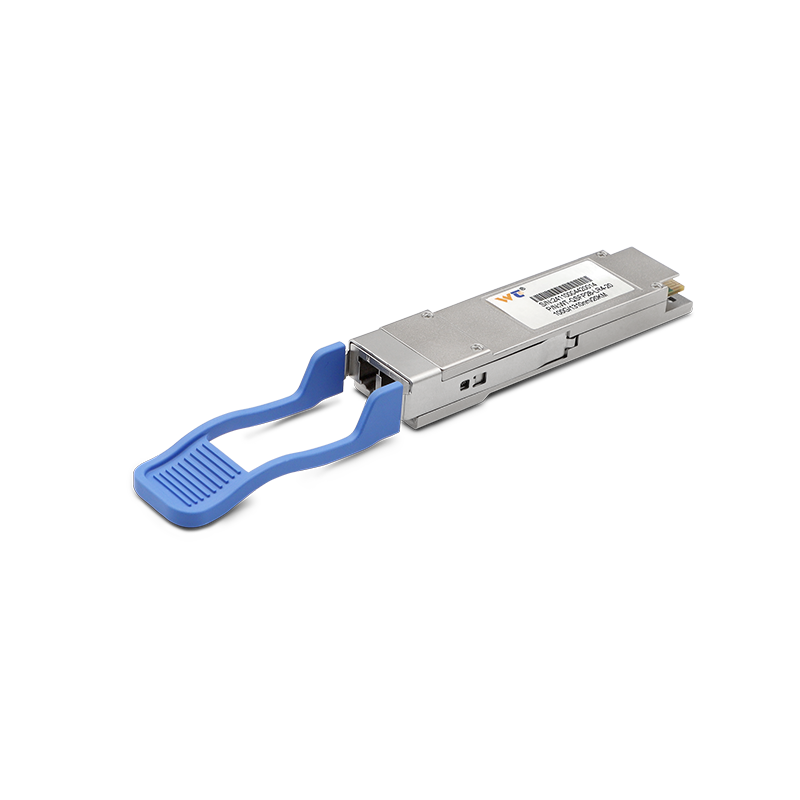Configuring Layer 3 switches can feel overwhelming at first glance, but trust me, once you grasp the basics, you'll find that it's a treasure trove of capabilities for your networking needs. With technology constantly advancing, the need for efficient routing in switched networks has never been more crucial. Layer 3 switches uniquely combine the roles of both switches and routers, paving the way for intricate network designs. Today, we’re going to unravel this topic together, ensuring you leave with practical skills that you can put into action.
So, what exactly does a Layer 3 switch do? Essentially, it functions at the network layer of the OSI model, focusing on IP addresses and making decisions on how to forward data based on those addresses. This is huge! Unlike your typical Layer 2 switches, which just deal with Ethernet frames using MAC addresses, Layer 3 switches can route traffic between different VLANs. You might ask, “Why bother with a Layer 3 switch?” Well, the advantages are plentiful: it lowers network congestion, boosts performance, and allows you to use sophisticated routing protocols like OSPF and EIGRP. With a Layer 3 switch, you can keep communication flowing smoothly between your network segments without needing extra routers bogging things down.
In this tutorial, we're not just going to go over the “how” of configuring a Layer 3 switch; we’ll also dive into the “why.” Key processes include setting up VLANs, configuring interfaces for IP routing, and implementing routing protocols. Let’s not forget the security aspect, like Access Control Lists (ACLs). Understanding these elements is essential, as they have a direct impact on network performance and security. By effectively implementing ACLs, you can protect your data while keeping traffic flowing efficiently.
Now, let’s break down some foundational concepts that are crucial in the world of Layer 3 switching. Routing is all about finding the best paths for network traffic. A VLAN (Virtual Local Area Network) is like a logical subgroup within a LAN, merging a collection of devices into a single broadcast domain, no matter where they are physically located. You have Static Routing and Dynamic Routing methods that help Layer 3 switches figure out the best routes for packets. And let’s not overlook IPv4 and IPv6; knowing the differences between the two is non-negotiable for any aspiring network engineer. Routing protocols such as RIP, OSPF, and EIGRP play essential roles in how switches share routing information. Mastering these terms gives you a solid base for effective configuration.
Now, here’s where the rubber meets the road: let’s get into the nitty-gritty of configuring a Layer 3 switch. Follow these steps closely:
- Access the switch’s command-line interface (CLI): You can do this either with a console cable or SSH.
- Set up VLANs: Create VLANs by using the command
vlan [VLAN_ID]. Then assign ports withinterface [INTERFACE_ID]andswitchport access vlan [VLAN_ID]. - Assign IP addresses to VLAN interfaces: You’ll use
interface vlan [VLAN_ID], followed byip address [IP_ADDRESS] [SUBNET_MASK], and enable it withno shutdown. - Enable routing: Turn routing on your switch with
ip routing. - Configure necessary routing protocols, like OSPF, using
router ospf [PROCESS_ID]and defining networks withnetwork [NETWORK_ADDRESS] [WILDCARD_MASK] area [AREA_ID]. - Implement ACLs for security: Create access lists with the command
access-list [LIST_NUMBER] permit|deny [IP_ADDRESS] [WILDCARD_MASK]and apply them on interfaces withinterface [INTERFACE_ID]followed byip access-group [LIST_NUMBER] in|out. - Save your configuration: Don’t forget to save with
write memoryorcopy running-config startup-config.
This straightforward approach makes the configuration process much more manageable, allowing you to focus on what really matters.
If you’re contemplating future advancements in Layer 3 switches, I recommend exploring Quality of Service (QoS) settings. This feature allows you to prioritize different types of traffic, which can tremendously improve performance for applications that are sensitive to delays. Also, don’t shy away from delving into Software-Defined Networking (SDN); as networks become more programmable, Layer 3 switches will play a pivotal role.
How can you maximize your network's efficiency?
By getting your hands dirty and experimenting with various protocols on your Layer 3 switch, you could see a notable uptick in your network’s performance—think less congestion and improved uptime.
Now, let’s tackle a frequently asked question.
Q: What are the advantages of using Layer 3 switches instead of traditional routers?
A: Layer 3 switches blend the best aspects of both worlds, delivering high-speed switching coupled with routing capabilities. This results in lower latency and a significant increase in data throughput compared to your standard routers.
Let’s advocate for a hands-on approach to mastering Layer 3 switch configuration. The more you play around with it, the more intuitive these processes will feel. Test out different configurations in a lab setting. Apply various routing protocols or ACLs and observe how they affect your network's performance and security. The journey to becoming adept in network engineering is incredibly fulfilling; it's a continual cycle of learning and real-world application.
In closing, having a solid grasp on Layer 3 switch configuration is vital for anyone looking to design and keep networks running smoothly. When you apply VLAN management, IP routing, and security features correctly, you have the power to significantly enhance network performance. These skills not only boost your technical know-how but also prepare you for the advancements that lie ahead in the networking arena. Remember, the foundational knowledge you build today will be your stepping stone for tackling more complex challenges tomorrow. Happy configuring!






